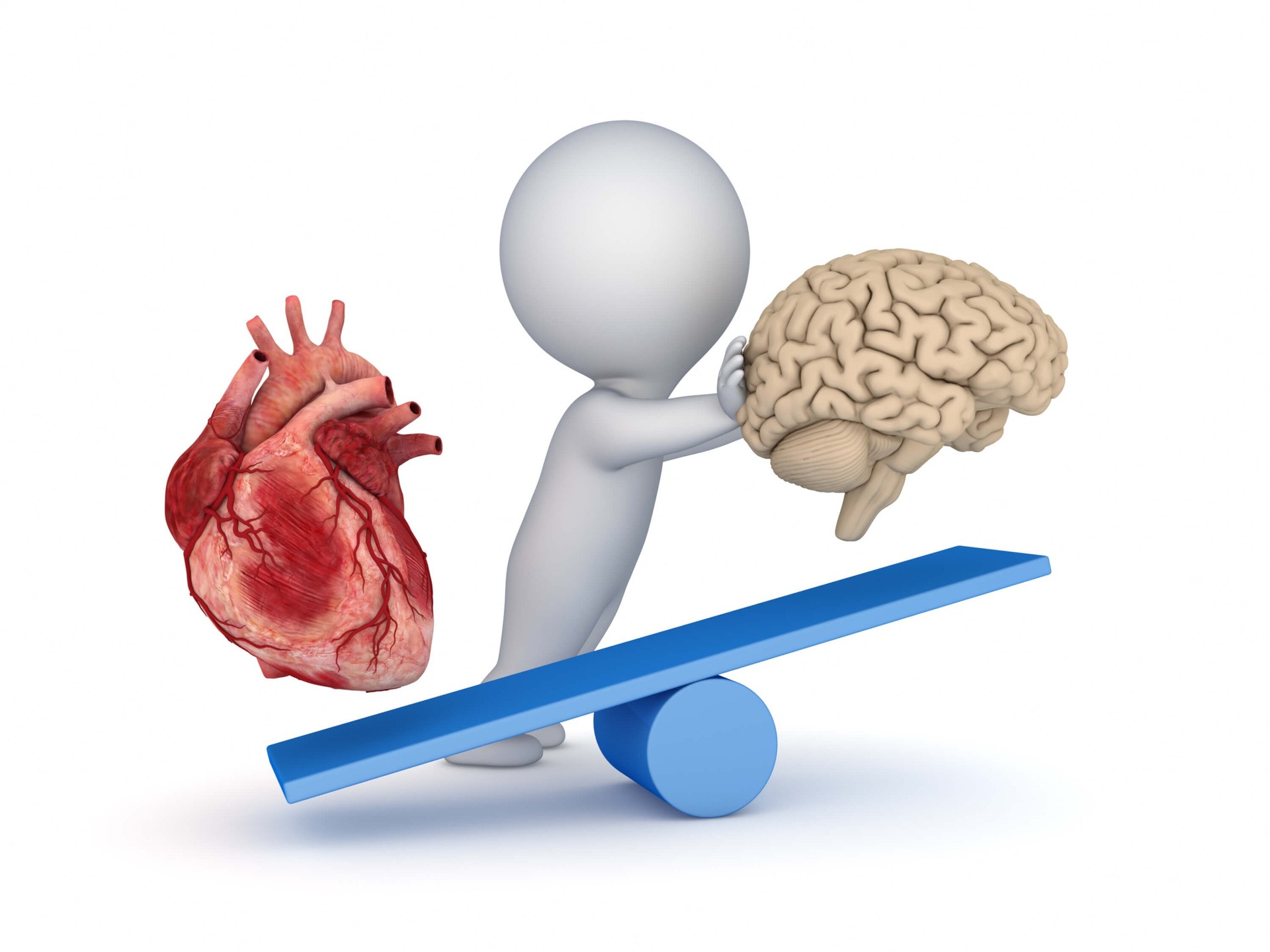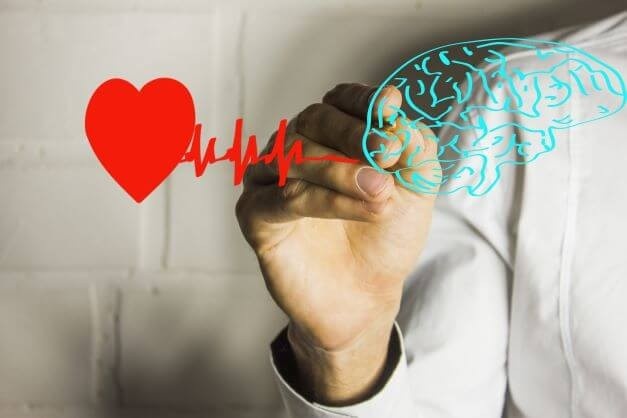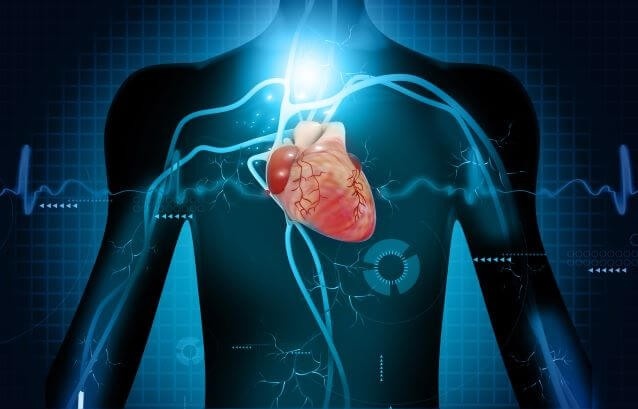BIOFEEDBACK & YOU
Imagine if you had a mirror to look inside your body, and based on the information you see, you could adjust your physiology as you adjust your hair every morning. And thanks to all advances in technology and medicine, today, it is possible to see what is happening in the body to improve physical, mental, and emotional health. The mirror is called biological feedback or just biofeedback.
HOW BIOFEEDBACK CAN HELP YOU?

Biofeedback helps you to become aware of the signs of stress and anxiety, and based on this information, you can use the skills you will learn to de-activate the physiological responses.
To understand how Biofeedback can help you, think about the connection between mind and body. Humans are equipped with the capacity to imagine what can go wrong if they face a challenge (or stressor) such as an important presentation or an exam. And this worry (thought) about an uncertain future triggers many physiological reactions (the stress response). If you do it chronically, it will cause physical symptoms, mood changes, sleep disturbances, and alter the immune system.
HOW BIOFEEDBACK WORKS?
Sensors are placed on the clients’ body and connected to a device (amplifier) and a computer. The software shows real-time information (feedback) about the individual’s body.
If clients develop the awareness of automatic physiological responses to stress and unconscious behaviors, they can manage their thoughts and emotions, train their physiology to respond optimally, and choose the behaviors that align with their lifestyle and future goals

BIOFEEDBACK APPLICATION

Biofeedback practitioners use professional equipment that gives the ability to monitor multiple physiological responses at the same time; electrical activity produced by muscles (electromyography/sEMG), galvanic skin response (GSR), respiration rate (RR), heart rate and heart rate variability (HR, HRV), peripheral temperature, and electrical activity of the brain (electroencephalogram /EEG).
When individuals face stressors, they tend to respond with the same physiological responses, and pathology might result from the effects of stress accumulated in the body’s system. Here are some of the clinical conditions that can be exacerbated by stress and Biofeedback Training can help.
-
Essential hypertension
-
Headaches (migraine and tension headaches)
-
Irritable bowel syndrome (IBS)
-
Chronic fatigue
-
Musculoskeletal Pain Disorders
-
Generalized anxiety disorder
-
Performance anxiety
-
Chronic anger
-
Disorders involving emotional regulation
-
Temporomandibular muscle and joint disorders
BIOFEEDBACK IS A SKILL
Clients are strong contributors to their recovery process by actively engaging with the skills needed. The practices occur in the practitioner’s office and between sessions in-home using a device designed for personal use.
Biofeedback is a non-pharmacological intervention that requires self-discipline, effort, and lots of practice from clients to develop mind and body awareness and promote personal health. Although it's not a cure, Biofeedback is essential for individuals seeking to improve their mental and physical well-being.
BENEFITS OF LEARNING BIOFEEDBACK

-
Biofeedback is a non-invasive intervention technique that can improve performance and physical and mental health.
-
Biofeedback allows individuals to take an active role in managing their health.
-
Biofeedback promote a holistic emphasis on body, mind, and spirit.
-
Biofeedback activate the body’s self-healing resources.
-
Biofeedback is nonpharmacological.
OFFICIAL DEFINITION OF BIOFEEDBACK
Association for Applied Psychophysiology and Biofeedback (AAPB)
Biofeedback Certification International Alliance (BCIA)
International Society for Neurofeedback and Research (ISNR)
Biofeedback is a process that enables an individual to learn how to change physiological activity for the purposes of improving health and performance. Precise instruments measure physiological activity such as brainwaves, heart function, breathing, muscle activity, and skin temperature. These instruments rapidly and accurately “feed back” information to the user. The presentation of this information — often in conjunction with changes in thinking, emotions, and behavior — supports desired physiological changes. Over time, these changes can endure without continued use of an instrument.
